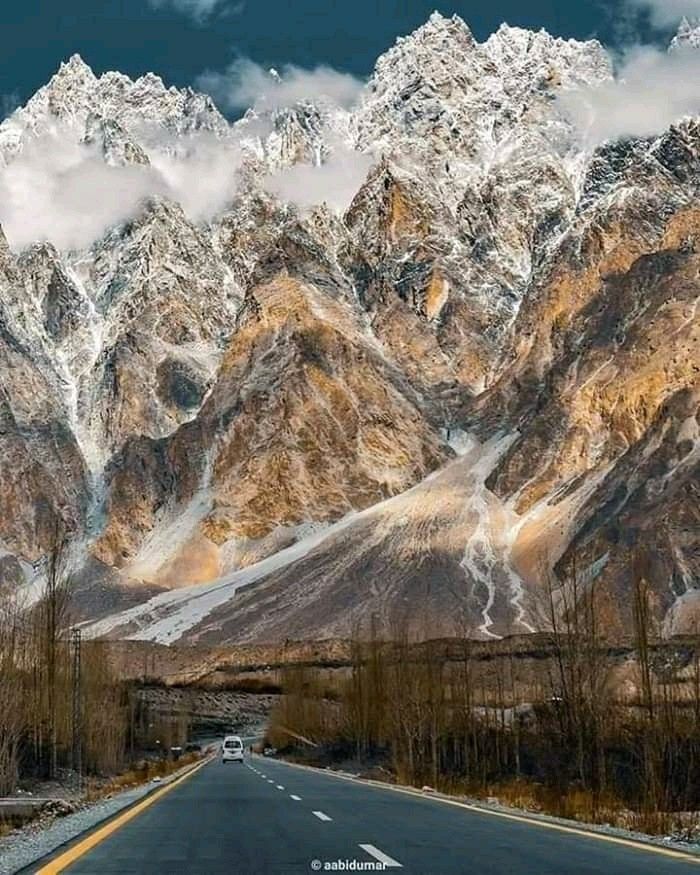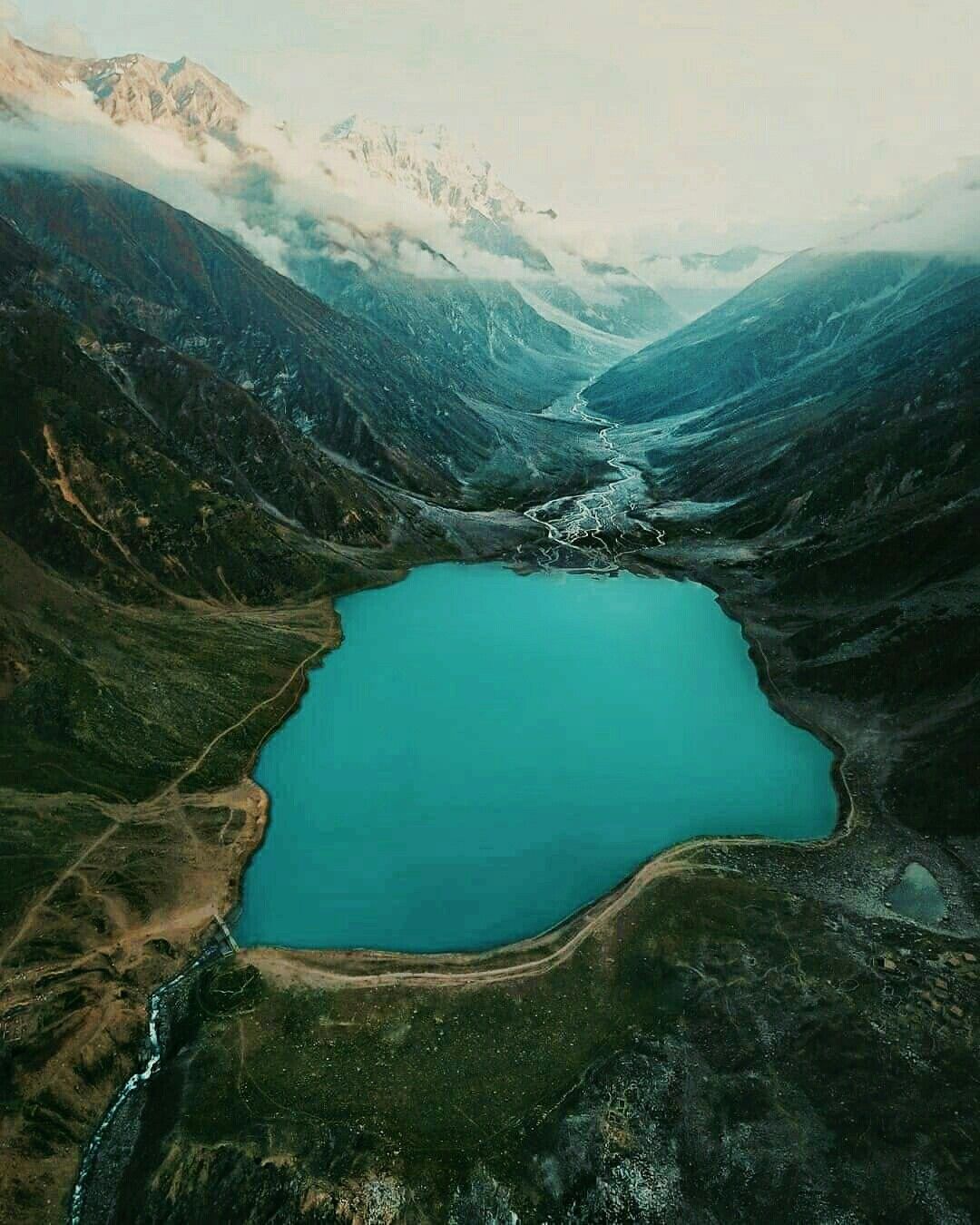NORTHERN AREAS OF PAKISTAN
The Northern Areas of Pakistan are a natural wonderland, offering breathtaking landscapes, stunning scenery, and a wealth of cultural experiences. This region is located in the northern part of Pakistan and is home to some of the highest mountains in the world, including K2, the second-highest peak on Earth. The area is known for its rugged terrain, pristine lakes, glaciers, and valleys that are surrounded by towering mountain ranges. In this article, we will explore the beauty and attractions of the Northern Areas of Pakistan, covering its major cities, tourist destinations, and cultural landmarks.
The Northern Areas of Pakistan, also known as Gilgit-Baltistan, is a mountainous region located in the northern part of Pakistan. It is bordered by Afghanistan to the northwest, China to the northeast, and the Indian-administered Jammu and Kashmir to the southeast.
The region is known for its stunning natural beauty, including high mountain peaks, glaciers, lakes, rivers, and forests. Some of the most famous tourist destinations in the Northern Areas of Pakistan include Hunza Valley, Skardu, Naltar Valley, Fairy Meadows, and Shandur Polo Ground.
The Northern Areas of Pakistan are also rich in cultural heritage and history. The region has been inhabited by various ethnic and linguistic groups over the centuries, including the Dardic, Balti, and Burusho people. The area has also been influenced by various religions and empires, including Buddhism, Islam, and the Mughal Empire.
The economy of the Northern Areas of Pakistan is largely dependent on tourism, as well as agriculture and mining. The region is also home to several important infrastructure projects, including the Karakoram Highway, which connects Pakistan with China, and the Diamer-Bhasha Dam, which is currently under construction.
Geography of Northern Areas of Pakistan
The Northern Areas of Pakistan are located in the northwestern part of the country, bordering China to the northeast, Afghanistan to the northwest, and the Indian-administered Jammu and Kashmir to the east. The region comprises seven districts, including Gilgit, Hunza-Nagar, Skardu, Ghizer, Astore, Diamer, and Ghanche. The area is home to several mountain ranges, including the Karakoram, the Himalayas, and the Hindu Kush. The Karakoram range boasts some of the highest peaks in the world, including K2, Broad Peak, and Gasherbrum.

Tourist Destinations
The Northern Areas of Pakistan is a popular tourist destination, with visitors coming from all over the world to experience its natural beauty and cultural heritage. Some of the most popular tourist destinations in the area include:
Gilgit
Gilgit is the capital city of the Gilgit-Baltistan region and is a major hub for tourists visiting the area. The city is situated on the banks of the Gilgit River and is surrounded by rugged mountain ranges. Some of the most popular attractions in Gilgit include the Kargah Buddha, a Buddhist rock carving that dates back to the 8th century, and the Gilgit Bazaar, a bustling market where visitors can shop for traditional handicrafts and souvenirs.
Fairy Meadows
Fairy Meadows is a beautiful and serene high-altitude meadow located in the northern part of Pakistan, in the district of Diamer in the Gilgit-Baltistan region. It is surrounded by towering peaks of the Himalayas, including Nanga Parbat, the ninth-highest mountain in the world. The meadow is located at an altitude of about 3,300 meters (10,800 feet) above sea level and is accessible by a challenging 6 km (3.7 miles) hike from the village of Tato, which itself is located about 40 km (25 miles) from the town of Gilgit.

Fairy Meadows is a popular destination for trekking and mountaineering enthusiasts, as well as nature lovers, due to its stunning natural beauty, pristine surroundings, and the opportunity to witness some of the world's highest peaks. The meadow is home to a variety of flora and fauna, including Himalayan bears, snow leopards, and various species of birds.
Visitors to Fairy Meadows can stay in traditional wooden huts or camp out under the stars. The best time to visit Fairy Meadows is from June to September when the weather is relatively mild, and the meadow is at its most beautiful. However, visitors should be prepared for cold temperatures, especially at night, and should carry appropriate gear and supplies for the hike and stay.
Hunza Valley
The Hunza Valley is one of the most popular tourist destinations in the Northern Areas of Pakistan. The valley is known for its stunning natural beauty, including its pristine lakes, snow-capped mountains, and lush greenery. The valley is home to several picturesque villages, including Karimabad, where visitors can experience the local culture and sample traditional cuisine.
Skardu
Skardu is a picturesque town located in the Skardu district of the Northern Areas of Pakistan. The town is situated on the banks of the Indus River and is surrounded by towering mountain ranges. Some of the most popular attractions in Skardu include the Shigar Fort, a historic fortress that dates back to the 17th century, and the Kachura Lakes, a pair of pristine lakes that are popular with tourists for boating and fishing.

Cultural Landmarks
The Northern Areas of Pakistan are also home to several cultural landmarks, including ancient fortresses, historic mosques, and traditional bazaars. Some of the most notable cultural landmarks in the area include:
Altit Fort
The Altit Fort is a historic fortress that dates back to the 11th century. The fort is located in the village of Altit in the Hunza Valley and is considered one of the oldest surviving fortresses in the region. The fort has been restored and is open to visitors, who can explore its ancient architecture and learn about its rich history.
Baltit Fort
The Baltit Fort is another historic fortress located in the Hunza Valley. The fort dates back to the 8th century and was the residence of the Mirs, the rulers of the Hunza Valley. The fort has been restored and is open to visitors, who can explore its ancient architecture and learn about its rich history.
Shandur Polo
Shandur Polo Ground is a world-famous polo ground located in the Chitral district of Khyber Pakhtunkhwa province in Pakistan. It is often referred to as the "Roof of the World" due to its location at an elevation of 3,700 meters (12,139 feet) above sea level. The ground is situated between the lofty mountain ranges of the Karakoram and the Himalayas and is accessible only during the summer months, as it remains snow-covered for the rest of the year.
Shandur Polo Ground is known for hosting the annual Shandur Polo Festival, which takes place every summer in the first week of July. The festival attracts thousands of tourists and spectators from all over the world who come to watch the traditional polo matches played between the teams of Chitral and Gilgit-Baltistan. The festival also features cultural activities such as music, dance, and handicraft exhibitions.
The polo matches played at Shandur Polo Ground are unique in that they are played on horseback without any designated boundaries or goalposts. The game is rough and often involves collisions between the players, making it a thrilling spectacle for the spectators.
Apart from the polo festival, Shandur Polo Ground is also a popular destination for adventure enthusiasts who come to enjoy activities such as trekking, hiking, and camping in the picturesque surroundings of the ground. The pristine beauty of the area, combined with the cultural and sporting attractions, makes Shandur Polo Ground one of the most fascinating places to visit in Pakistan.


You must be logged in to post a comment.